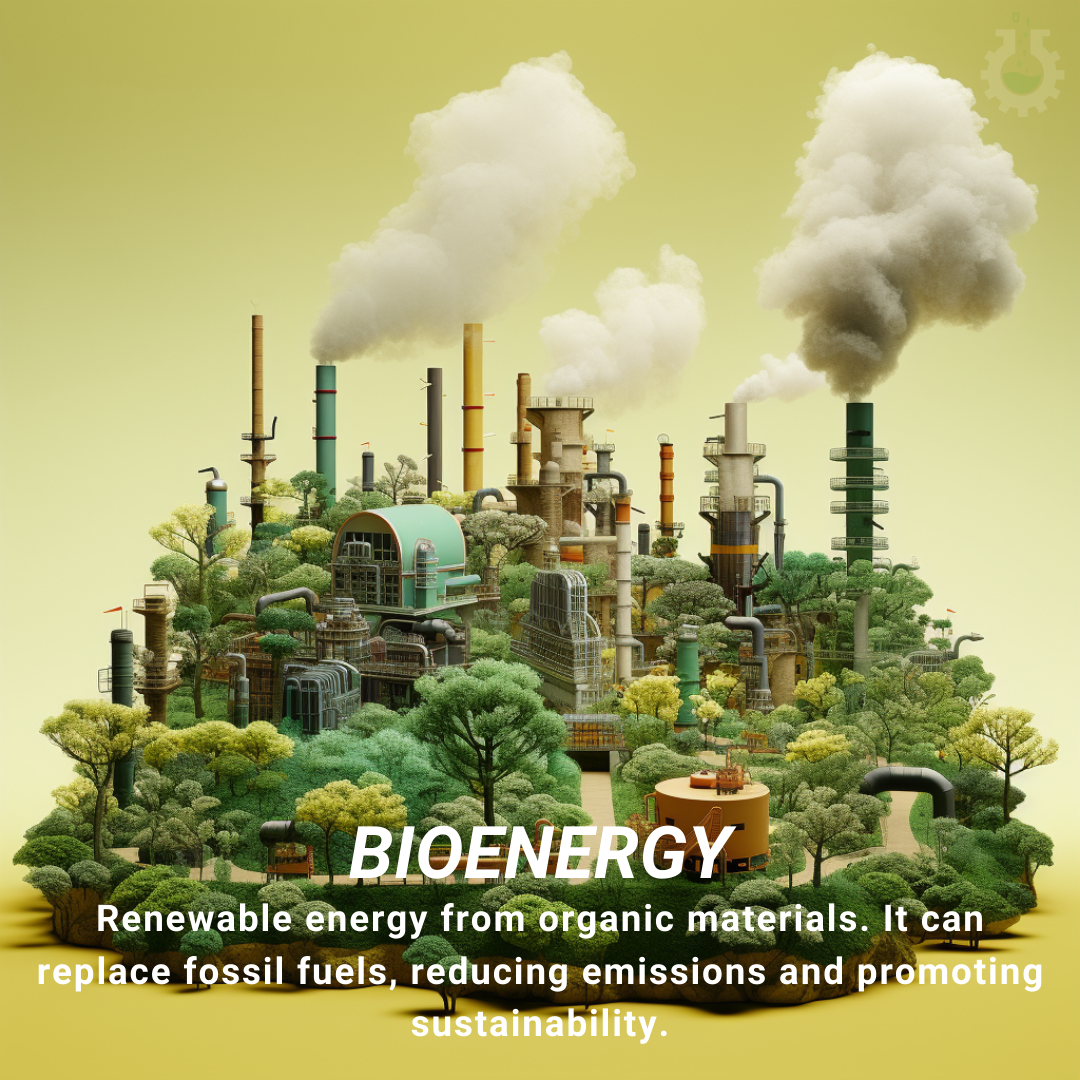October 17, 2023
Climate Change Poster Collection of the Day – Bioenergy
Book a Demo
Today’s Climate Change Poster Collection focuses on Bioenergy, an exciting and innovative renewable energy source derived from biomass, which includes a wide range of materials such as wood, food crops, and waste from various sources. As we continue to search for sustainable and eco-friendly energy solutions, bioenergy has emerged as a key player in the energy sector.
The Intergovernmental Panel on Climate Change (IPCC) recognizes bioenergy as a renewable form of energy, noting its potential to either reduce or increase greenhouse gas emissions. This potential is dependent on how the bioenergy is produced and used, and it underscores the importance of sustainable practices in the development and implementation of bioenergy solutions.
The production of bioenergy can be achieved through various means. Materials like wood, maize, switchgrass, bamboo, and waste can be processed using thermal, chemical, or biochemical methods to produce bioenergy. This versatility allows for a diverse range of resources to be utilized, reducing waste and promoting sustainability.
In the United States, the potential for bioenergy production is immense. According to projections, by 2040 the U.S. has the potential to produce 1 billion dry tons of non-food biomass resources annually. This could potentially generate 85 billion kilowatt-hours of electricity and contribute 1.1 million jobs to the economy. This indicates a promising future for bioenergy, both in terms of energy production and economic impact.
One of the key benefits of biomass as a renewable energy source is its versatility. Biomass can be converted into liquid transportation fuels equivalent to fossil-based fuels. This process allows for the reuse of carbon from biomass and waste streams, transforming them into reduced-emissions fuels, bioproducts, and renewable power.
Looking towards the future, bioenergy could contribute between 15 and 30% of the primary energy supply by 2050. Moreover, when combined with carbon capture and storage (BECCS), bioenergy could play a crucial role in removing carbon dioxide from the atmosphere, further combating climate change.
However, achieving bioenergy sustainability requires careful management. Factors such as climate and soil conditions, previous land use, biomass feedstock, and socio-economic conditions must be considered, along with potential trade-offs with food production and biodiversity.
One area where the impact of bioenergy can be significant is in developing countries. Shifting from traditional bioenergy and fossil fuels to modern, sustainable bioenergy can lead to diversification in land use, job creation, reduction in health problems related to air pollution, and restoration of degraded lands.
Bioenergy presents an exciting opportunity in the renewable energy sector. Through careful management and sustainable practices, bioenergy can help us transition towards a more sustainable and eco-friendly future.
Discover an inspiring collection of climate change posters.



